Why I Use Plex (And a Look at My Plex Setup)
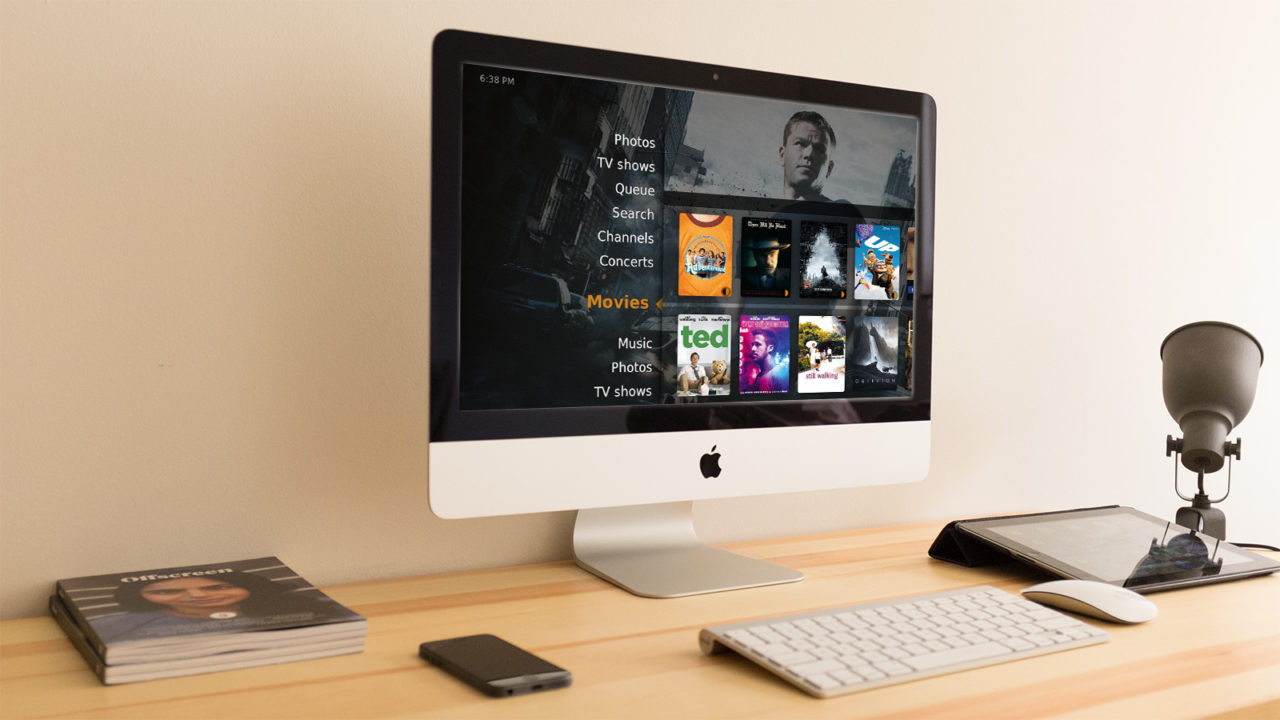
I’ve long loved and used Plex, the free media server and playback software, and spoken and written about the software frequently. Last week, I had the privilege of writing about Plex once again, this time for PC Perspective, one of the Web’s most highly regarded technology and hardware publications. I realized that my PC Perspective article goes into great detail about what Plex is and how to set it up but, in hindsight, I felt that it lacked an adequate explanation as to why I use Plex in the first place.
So, as a follow-up to that article, I wanted to take a moment to share the reasons for my love of Plex, and give you some insight into how my server and clients are configured. First, go check out the full article over at PC Perspective if you haven’t already, then come on back and let’s talk about the reasons I use Plex.
Reason 1: My Content, My Rules
By now, we’ve all grown accustomed to the bickering and illogical decisions of the world’s major media companies. Popular TV shows air months later in foreign markets, Blu-rays and DVDs are region-locked, and online streaming services such as Netflix and Hulu are in a constant state of turnover as content deals expire and new ones are signed.
That last example is perhaps the most egregious from my perspective, as a personal Plex server is more closely related to streaming services like Netflix than it is to the other listed issues. And it’s not just me who feels this way. Whole websites have been set up to track the content that is about to expire on Netflix, and warn users to get their views in before it’s too late.
Expiring movies is one thing, but imagine being in the middle of a long TV series and suddenly losing access to the series because some pompous media executives decided to use the show as a bargaining chip with a competing streaming service. All of this is compounded, of course, for those outside of the United States, who are faced with even stricter availability limitations.
With a personal Plex server, all of this nonsense goes away. True, there’s greater upfront effort and cost in obtaining the shows and movies in the first place, but once they’re nestled securely in your Plex storage array, they’ll be there indefinitely. If CBS decides one day to throw a hissy fit and, say, pull Star Trek from Netflix, my Deep Space Nine binges will be unaffected as I continue to enjoy the show streamed from my own Plex server.
Reason 2: I Determine Quality
When you’re dealing with an online streaming service, you’re forced to accept their quality and format. If a show is available in 1080p HD, you might be stuck with only a 480p SD version from Amazon or Hulu. With your own Plex server, however, you decide the resolution, bitrate, and audio formats of the shows and movies you want to watch.
Adding to this factor is the hot-button issue of Net Neutrality. As was widely reported earlier this year, major ISPs shamelessly slowed Netflix traffic to their customers, making the service unwatchable for some, and forcing low-quality streams for others.
Regardless of whether slow connections to online streaming services are due to greedy and immoral ISPs or simply poor bandwidth, Plex users will still get pristine quality on their local networks, and the right to choose their own quality when watching remotely.
Reason 3: Control
This last reason is admittedly a no-brainer, and also a double-edged sword. With Plex, I can control not only what kinds of content I want to see, but also how I see it. Content discovery is great, and services like Netflix can’t be beat when you have absolutely no idea what you want to watch and are willing to browse around and settle for anything remotely entertaining. But it can sometimes be arduous to wade through literally thousands of options, faced with the reality that you’d never want to watch most of them.
With Plex, I know that when I sit down on the couch to watch a movie at night, or pull up a TV show to play on my second monitor while I’m working, the shows and movies at my fingertips will all be stuff I like and want to watch. Sure, I may occasionally miss some hot new show because I’m not constantly exposing myself to new content, but the good stuff generally gets talked about, and I’ll almost certainly learn about a popular new show or movie online or via social media eventually. If it looks good, I can always add it to my media server, and never have to worry about it going away during the next round of content negotiations.
To the second point above, Plex lets me define how I see my media. This takes a lot of effort up front, but I get to choose the posters, fan art, backgrounds, descriptions, and sorting for all of my movies and TV shows, making it easier and more enjoyable to browse my library.
An example would be the James Bond film series. Go to Netflix and search for “James Bond” — go ahead, I’ll wait. You’ll get a lot of results, and most of them will be films from the series. But they’re out of order, and mixed in with Bond-related documentaries and this terrible 1990 Samuel L. Jackson film, Def by Temptation (apparently included in my search results because it’s directed by and stars James Bond III).
With Plex, I can create my own sort order, and I have my entire Bond film collection ordered by release year but organized by “B” for Bond. And that’s just me; if you want all the movies to have “007” in the title, or to sort them all alphabetically with the rest of your films, or any other possible organizational method, that’s just fine. You have the power and flexibility to make your library look and work like you want with Plex.
Summary
I don’t mean to suggest that Plex is for everyone. Folks have their own priorities and requirements when it comes to digital media, and many will understandably view the relatively cheap and easy to use ecosystem of an online streaming service as more desirable than spending hours collecting and organizing their own personal Plex library. But if you have the time, and you value control and quality over pure convenience, then I hope you’ll understand the sincerity behind the reasons listed above. I don’t begrudge Netflix, Hulu, Amazon, Apple, or anyone else, and I still use all of those services on occasion. But I’ve reached a sweet spot with Plex, and I don’t have any plans to go back.
If you’re curious about my specific Plex hardware, head on over to the next page to get an overview of my current Plex setup.




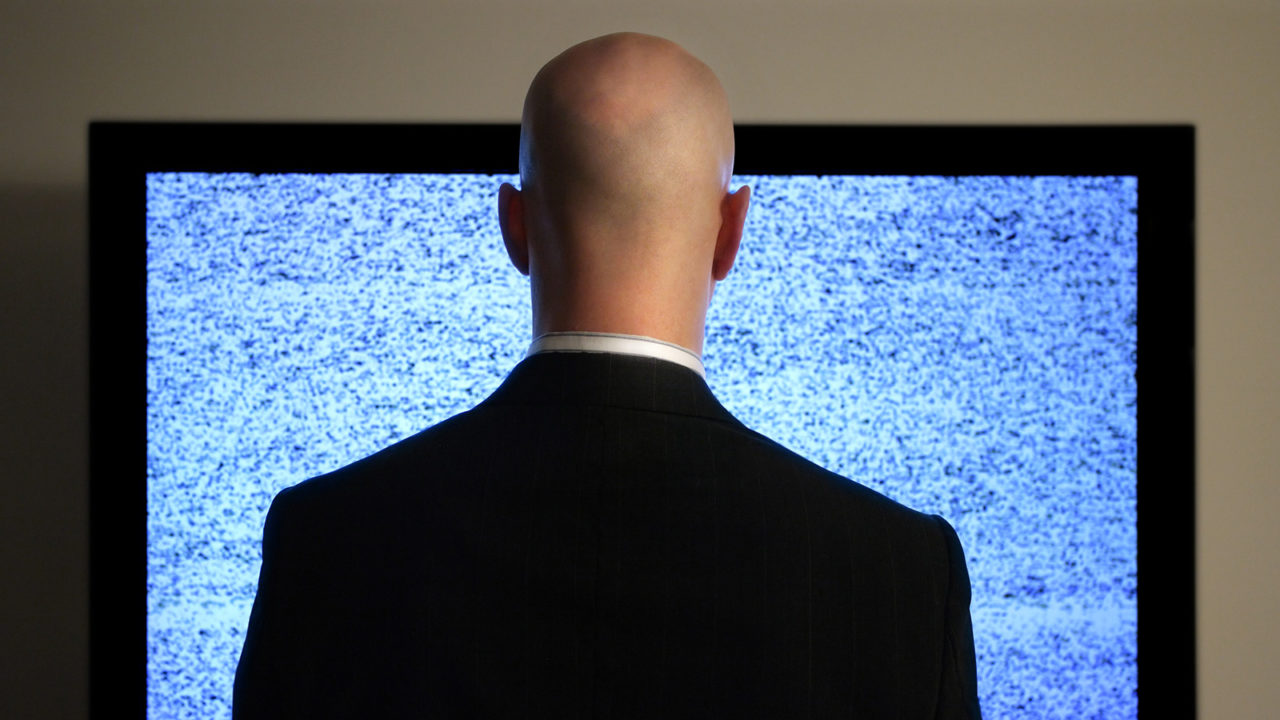
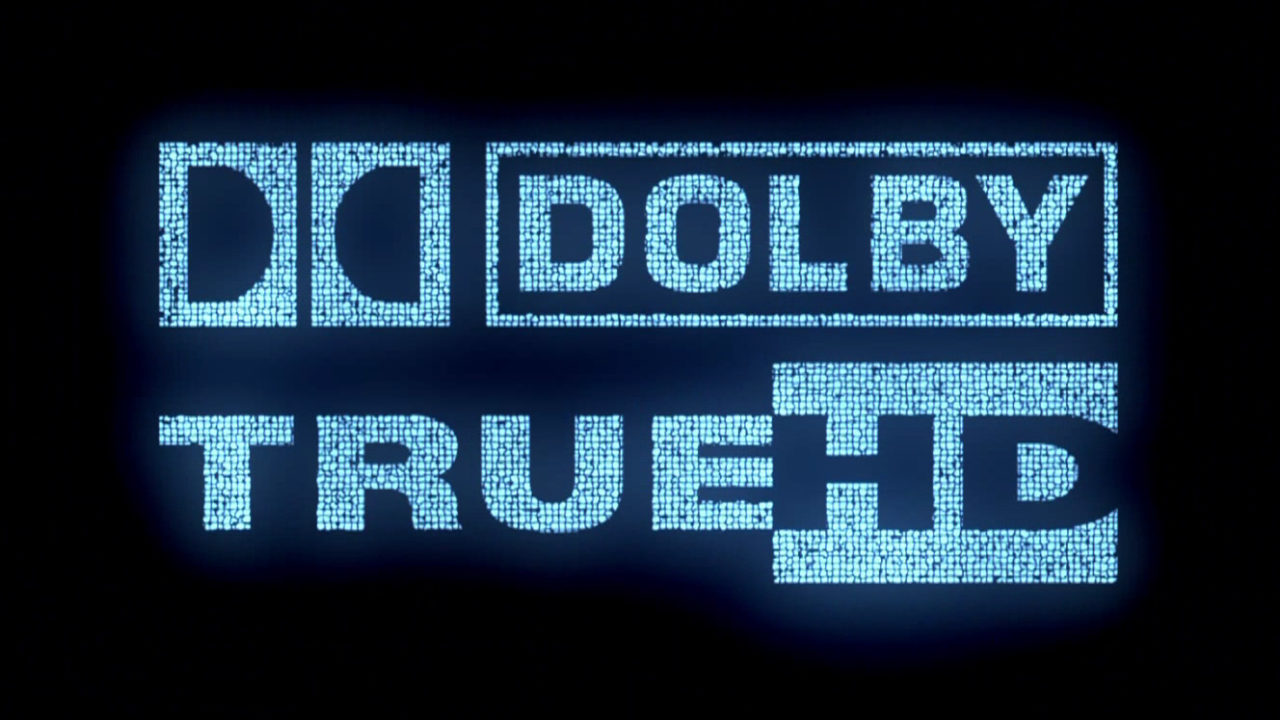
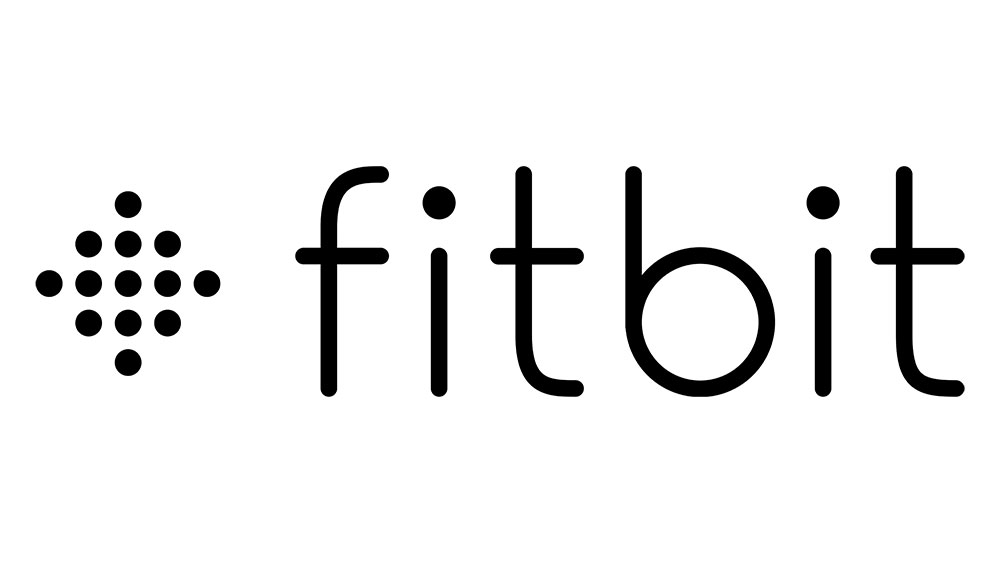



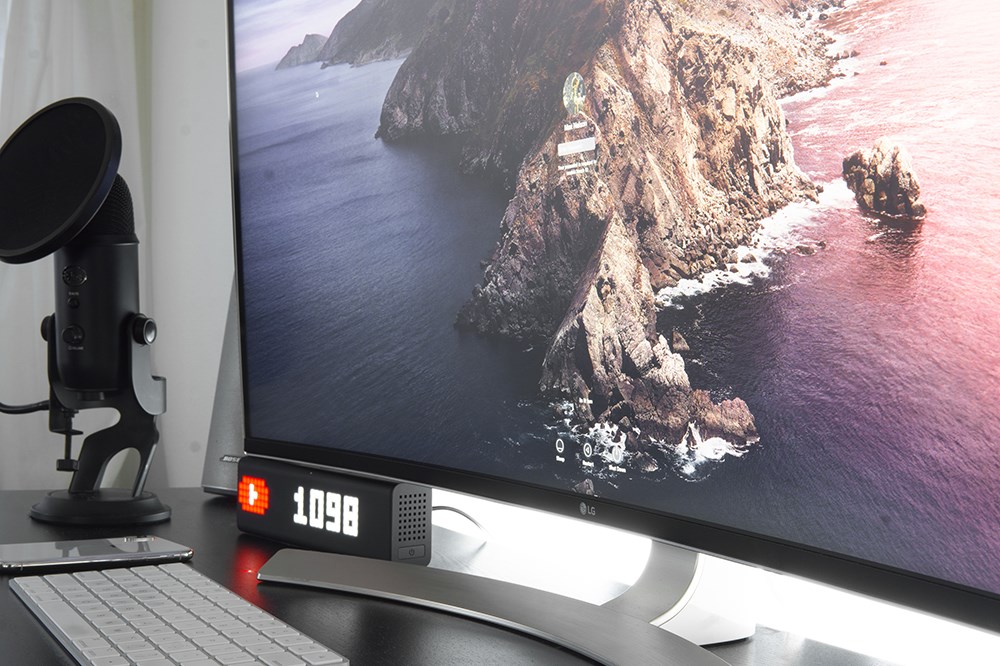








4 thoughts on “Why I Use Plex (And a Look at My Plex Setup)”
Resurrected a 5 year old laptop (i7, 6Gb) as media server. My intent was to connect the media server to the Onkyo via HDMI and thus feed the big TV. Then I want to be able to cast from the media server to any other DLNA player other TV’s, Blurays, Chromecasts, etc, as well as the mobile devices). The objective is to make as much of the content (less DRM issues) available on every device
Have played with PlayOn and Plex and a little with Jjriver. I have given up on my TV tuner in my old HP Media Center box as my cable company scrambles most everything and found the media software that says they can work with tuners (Emby, etc) to very hard to deal with. I like the recording capabilities in PlayOn (and some of the channels, though I probably have more channels than I need anyway). We watch a lot of sports here, so cable cutting right now isn’t on my immediate horizon.
After reading a lot of stuff, everyone has opinions, requirements differ, and while someone will make a negative comment about product X and someone else says they can’t live without it; clearly there’s a lot of breadth of product and needs. That says, it seems like PLEX has a huge following and strong community. I don’t think I saw any mention, curious if you had the PlexPass. I’d prefer to make that investment once I knew it was going to be a long lasting love affair. I may just hedge my bets and buy a couple of the apps for now.
After having Plex crawl my NAS and what a mess it made from the iTUNES managed library, I’m figuring I’ll need to redo my Video folders and perhaps change iTunes so that it no longer manages and consolidates my content and even leave the Video out of iTunes unless I need to synch to my iOS devices for offline access,
I’m not really interested in making my content available external to the Home network at this point.
My plan was to run the Plex media server on an Intel NUC (with Logitech K400R as the controller) connected to the AVR, and probably the PHT on the same box to drive the TV’s video – as well as on other PC’s around the house. APPLE TV (3rd gen) already connected to the AVR, that may be redundant at some point, whether that’s redeployed to another TV is yet to be decided. Crossing the CASTing caps among the player (Google, Apple, Amazon, Roku) seems to be a continuing issue.
Any advice or gotcha’s you can think of would be appreciated.
Oh, and when you’re dealing with this much storage, always have at least one, and preferably two, spare drives on hand so that you can quickly swap out any failed drives.
I know… I have a problem. :)